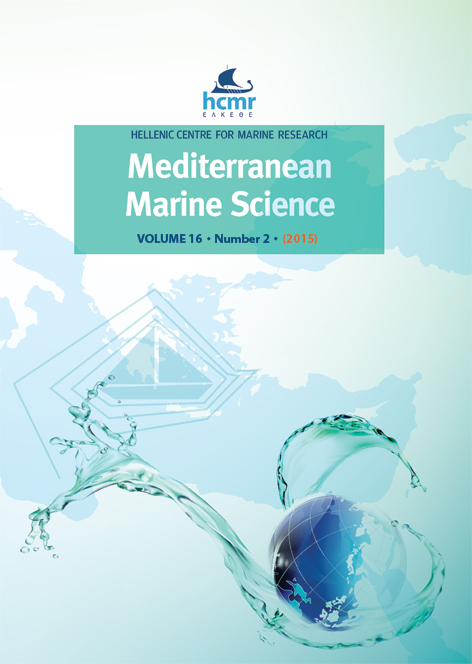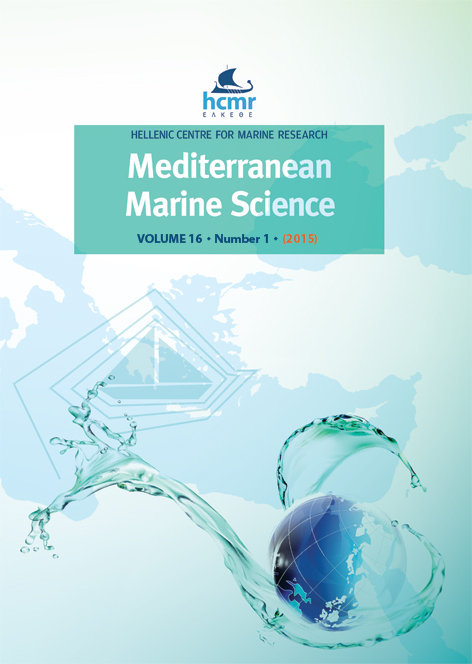Comparison between the sponge fauna living outside and inside the coralligenous bioconstruction. A quantitative approach
Résumé
Coralligenous habitat results from a multi-stratified accumulation of crustose coralline algae and animal builders in a dynamic equilibrium with disruptive agents. The result is a complex architecture crossed by crevices and holes. Due to this three-dimensional structure, coralligenous may host a rich and diversified fauna, more abundant than any other Mediterranean habitat. Unfortunately, very few data are available about the cryptic fauna that lives inside the conglomerate. As already reported for coral reefs, the cryptic fauna plays an important role in the exchange of material and energy between water column and benthic assemblages. Here we compare the sponge community present inside and outside the coralligenous framework of Portofino Promontory (Ligurian Sea) at different depths (15 and 30 meters) not only in terms of taxonomic diversity but for the first time also in term of biomass. Sponges present on the surface of each block were collected, weighed and identified; after blocks dissolution in HCl, target cryptic sponges were separated from other organisms, weighed, and identified.
We recorded a total of 62 sponge species. The average number of sponge taxa occurring outside the coralligenous accretions is lower than the number of taxa identified inside. This pattern is confirmed also regarding sponge biomass. These results underlines that studies focused on coralligenous functioning should take in account the important contribution of cryptic fauna, as recently evidenced also for tropical reef habitats.
Article Details
- Comment citer
-
CALCINAI, B., BERTOLINO, M., BAVESTRELLO, G., MONTORI, S., MORI, M., PICA, D., VALISANO, L., & CERRANO, C. (2015). Comparison between the sponge fauna living outside and inside the coralligenous bioconstruction. A quantitative approach. Mediterranean Marine Science, 16(2), 413–418. https://doi.org/10.12681/mms.900
- Numéro
- Vol. 16 No 2 (2015)
- Rubrique
- Research Article
Authors who publish with this journal agree to the following terms:
- Authors retain copyright and grant the journal right of first publication with the work simultaneously licensed under a Creative Commons Attribution Non-Commercial License that allows others to share the work with an acknowledgement of the work's authorship and initial publication in this journal.
- Authors are able to enter into separate, additional contractual arrangements for the non-exclusive distribution of the journal's published version of the work (e.g. post it to an institutional repository or publish it in a book), with an acknowledgement of its initial publication in this journal.
- Authors are permitted and encouraged to post their work online (preferably in institutional repositories or on their website) prior to and during the submission process, as it can lead to productive exchanges, as well as earlier and greater citation of published work (See The Effect of Open Access).






